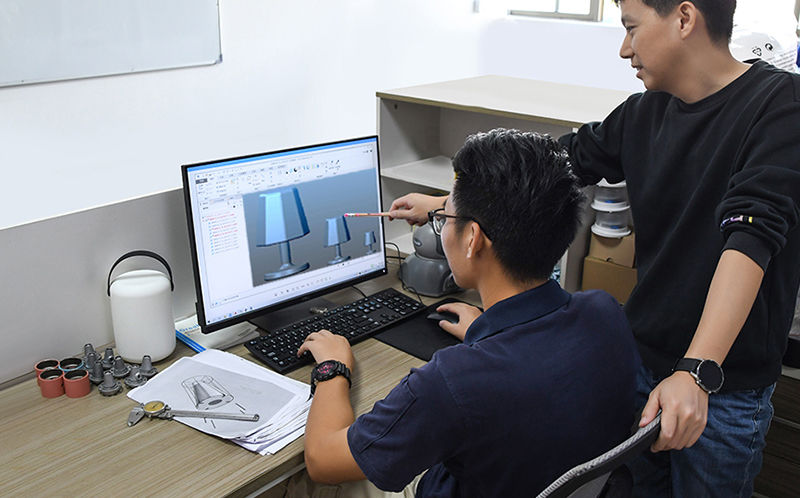Considerations in Designing Tolerances for Rotational Molding Products
 Apr 29,2024
Apr 29,2024

Considerations in Designing Tolerances for Rotational Molding Products
The accurate definition of tolerances for rotational molding products is a complex process that involves a comprehensive consideration of technical factors. Below are the key considerations in designing tolerances for rotational molding products.

1. Mold Design
The first step in designing tolerances for rotational molding products is to consider the mold design. The mold should be designed with proper draft angles and radii to ensure easy ejection of the molded part. Additionally, the core pins should be accurately positioned to maintain the desired dimensions and tolerances.
2. Material Selection
The choice of material is crucial in rotational molding as it affects the shrinkage and creep properties of the final product. It is essential to select a material that meets the desired dimensional stability and tolerance requirements. The material's shrinkage rate should be taken into account during the design phase to account for proper fitting and assembly.
3. Wall Thickness
Maintaining consistent wall thickness is essential in rotational molding to ensure uniform shrinkage and avoid structural weaknesses. It is advisable to design the product with a uniform wall thickness, unless there is a specific design requirement for thicker or thinner sections. Thinner walls may result in insufficient strength, while thicker walls may lead to excessive material usage and higher costs.
4. Draft Angles
Draft angles are necessary to facilitate the ejection of the molded part from the mold. These angles should be carefully designed to ensure smooth ejection without causing damage to the product or the mold. Proper draft angles not only facilitate ejection but also contribute to the overall quality and dimensional accuracy of the final product.
5. Design for Assembly
During the design phase, it is important to consider the assembly of the rotational molded product. This includes designing interlocking parts, tabs, or other features that facilitate easy assembly and disassembly. Additionally, proper tolerances should be maintained to ensure proper fit and functionality of the assembled product.
6. Dimensional Stability
Rotational molding is subject to dimensional variations due to factors such as temperature, pressure, and material properties. Therefore, it is crucial to design the product with allowances and tolerances that account for these variations. This may involve relaxing certain tolerances to ensure a higher probability of meeting the desired specifications.
7. Tolerance Stack-up
In complex rotational molded products with multiple parts, it is essential to consider the tolerance stack-up. This refers to the cumulative effect of all tolerances in the product design, including those from the mold, material, and assembly process. Careful planning and analysis of the tolerance stack-up can help avoid potential fit and functionality issues.
As a leading custom roto molding manufacturer for OEM/ODM, Light Venus brings decades of expertise to the design and manufacturing of premium, functional, and dimensionally exact rotationally molded products. We invite you to reach out to us anytime to explore how our custom rotational molding services can meet your specific needs.
 Tel: 0086-13632687993
Tel: 0086-13632687993  Email: roto@lightvenus.com
Email: roto@lightvenus.com

 Home
Home Why Polyethylene Becomes the Main Material for Rotational Molding?
Why Polyethylene Becomes the Main Material for Rotational Molding?  You May Also Like
You May Also Like



 Tel
Tel
 Email
Email
 Address
Address








